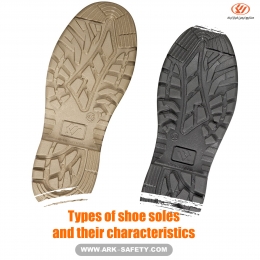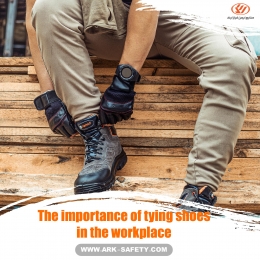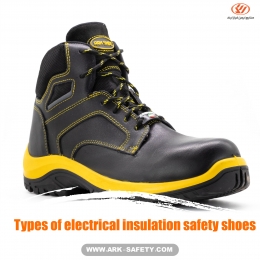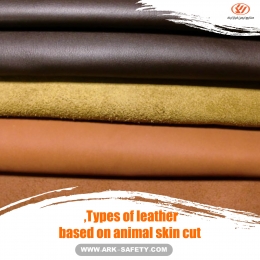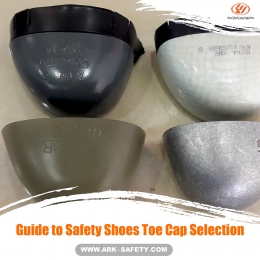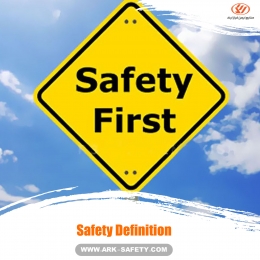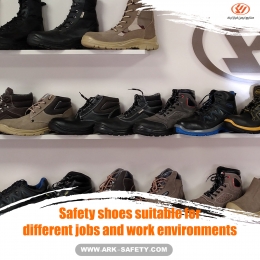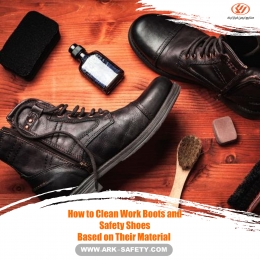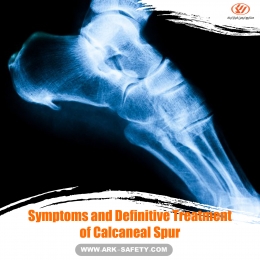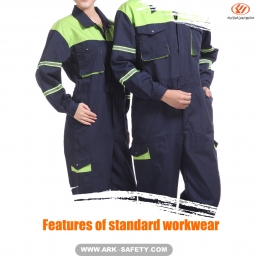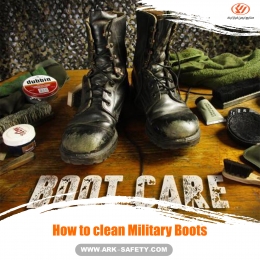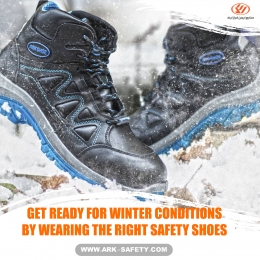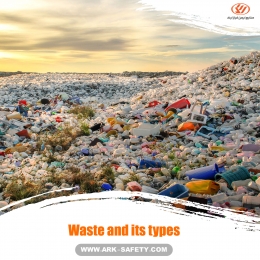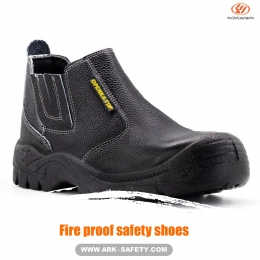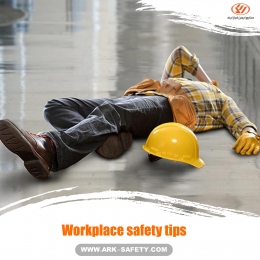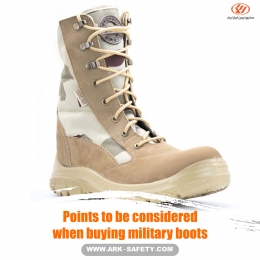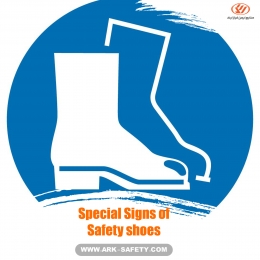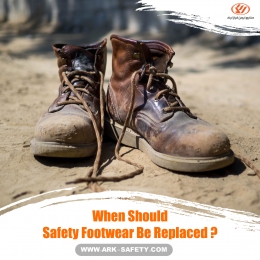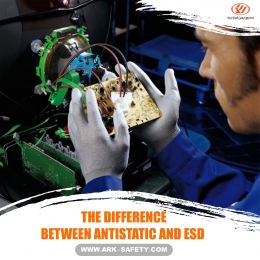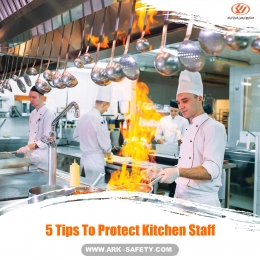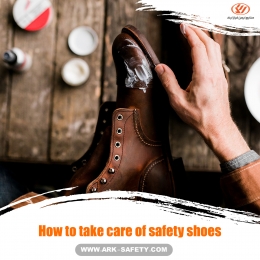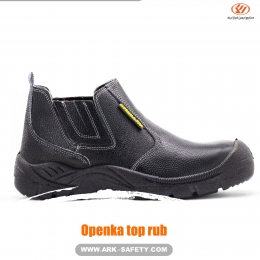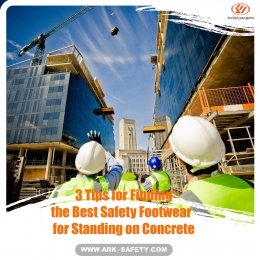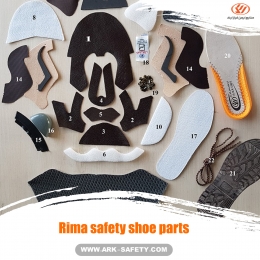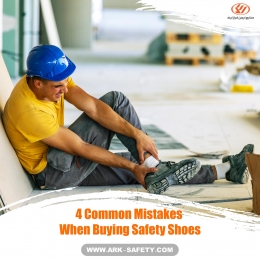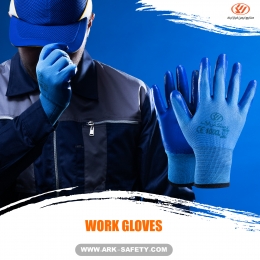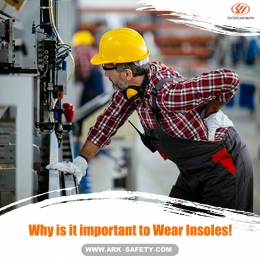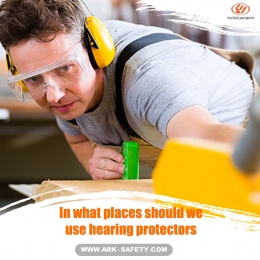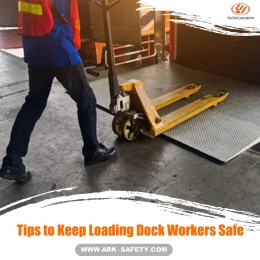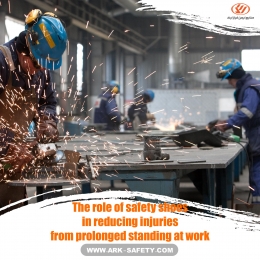Close
Safety shoes suitable for different jobs and work environments
Your health in the workplace depends on your feet. Taking care of them is a high priority for every worker. This means that choosing work footwear that fits the nature of the person`s job is inevitable. While a standard pair of safety goggles or earmuffs may cover a wide range of occupations and potential hazards, choosing the right safety footwear may require extra care to ensure that the shoes you choose meet all your needs. Accidents that occur in the workplace come in many forms for the feet. The best way to protect employees in high-risk work environments is to control and prevent accidents using engineering, training, HSE regulations, and management controls. If these controls are not possible in the workplace personal protective equipment and especially appropriate safety shoes should be used.
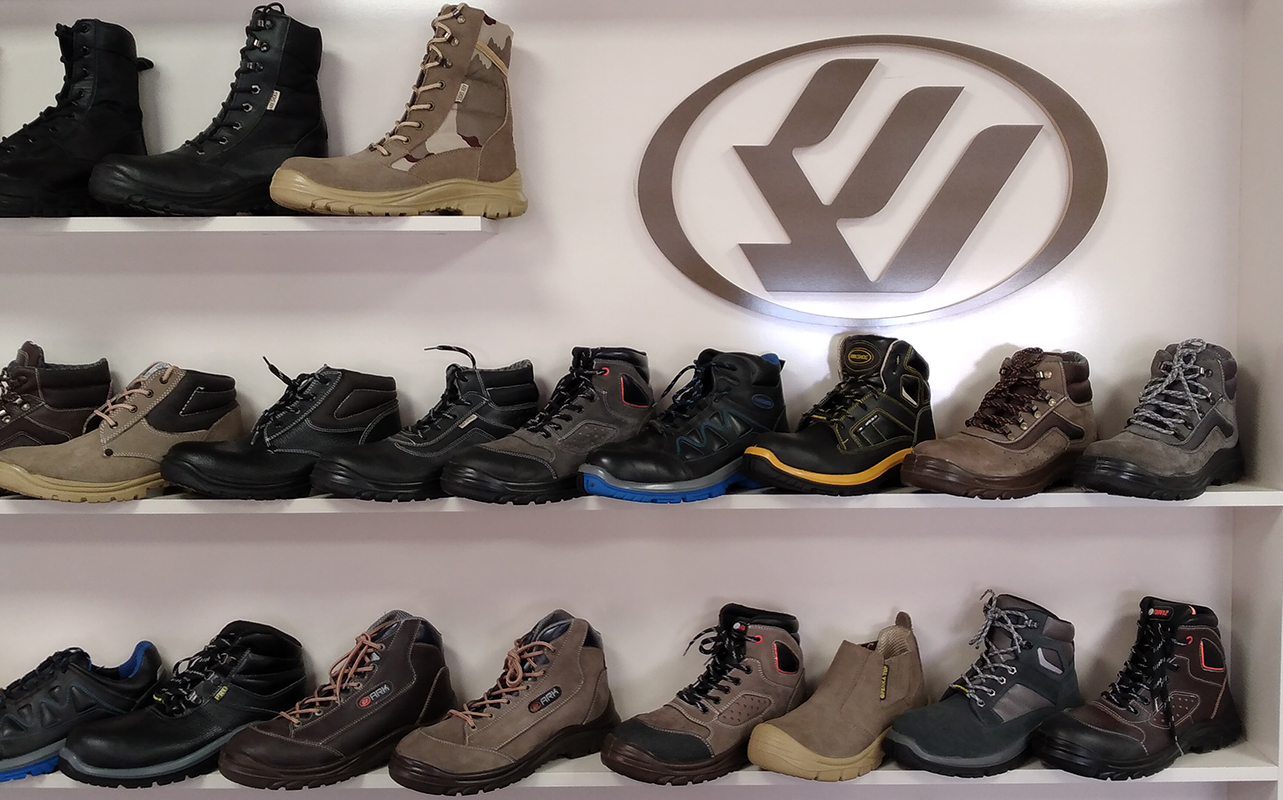
How to choose your safety shoes?
Shoes should be chosen based on the hazards in your work environment. For example, if you work in an area where you may be at risk of falling objects, choosing an ankle-protection boot does not eliminate the risk. Shoes with a steel toe cap are suitable for many hazards in different work environments, but are they the right choice for you? Taking the time to make sure what kind of shoes you choose exactly for your work environment can create a world of difference.
ASTM F2413 contains the required performance specifications for safety and foot protection shoes. This standard covers the minimum requirements for the design, performance, testing, and classification of safety footwear. ASTM F2413 valid shoes must first meet the requirements for impact and pressure resistance. Additional requirements such as foot protection, electrical conduction protection, static drop protection, and object penetration protection can then be considered.
Here are some of the most common hazards in the workplace that require foot protection. You can use this article to identify and choose shoes based on your workplace needs.
Electrical hazards
For workers who have any contact with electricity in the workplace, electrical insulating shoes are an essential part of personal protective equipment. A simple electrician or person working with high voltage circuits and machines need protection against electrical hazards. Electrically insulated shoes are produced with non-conductive and impact-resistant soles and heels. Ark offers Rima safety shoes and Pro boots with electrical insulation. Rino high voltage shoes are the type of shoes that are suitable for high voltage electricity up to 20 kV. These types of shoes prevent electrical connections and ultimately reduce the risk of electric shock.
Explosive Materials
If you work around explosives or other highly reactive or flammable materials, you will likely need electrical insulating shoes (namely ESD feature). Electrically conductive work shoes help prevent static electricity. Without this precaution, static electricity on your body can easily ignite and cause a fire or explosion. Silk, wool, and nylon socks should not be worn in this type of work environment or with this type of shoes, as these materials also generate static electricity.
Falling objects
If you are at risk of falling objects, you will need safety boots with a toe cap. These safety shoes have a toe protector, which is usually made of steel. For example, Ark Luna safety shoes with steel toe cap and Ark Nova safety shoes with a composite toe cap are among the safety shoes that can withstand an impact of 200 joules.
Sharp and cutting objects
Sharp objects on the floor of the workplace pose a serious risk to employees. Sharp objects such as nails or screws can pierce the soles of ordinary shoes and damage your foot. Object-resistant safety shoes (so-called with anti-nail soles) include a steel plate that sits in the middle of the sole and protects against the dangers of stepping on sharp objects. All Ark safety shoes can be customized with an anti-nail plate.
Heavy Machinery
Some work shoes have more protection along the metatarsus (the upper part of your foot). If you have ever dropped anything on top of your foot, you know how dangerous it can be to your foot. Any work involving heavy machinery, heavy loads, or hazardous conditions may require the use of metatarsal boots.
Cold
Working in cold conditions means dressing to keep warm, and your shoes are no exception. Thermal insulation boots are essential if you work outdoors or are exposed to extreme cold. Feet that are not properly insulated from the cold are exposed to frostbite and other cold-related hazards. Ark Rima boot with grain leather upper can protect your feet from the cold to a great extent.
Humidity
Waterproof leather boots are a popular choice when working in wet conditions. Working in a humid environment puts you at risk of getting wet. So keeping your feet dry also helps to protect them from the cold. Shoes with waterproof leather also protect against rot and fungal growth. For this problem, Ark Safety Industry also intends to produce some models, such as Openka with microfiber waterproof leather.
Slippery surfaces
Slip-resistant shoes are required for many types of industries. Health workers, food industry workers, metal and automotive industry workers, factory workers, etc. This list is almost endless. Slip-resistant shoes come with a sole that reduces smoothness and increases friction and prevents accidents. Ark Pro safety boots with PU-TPU outsole are a good choice for working on slippery surfaces.
Flame and molten metals
Working with molten metals carries great risks. Casting, welding, or excavation shoes are made specifically for this type of job. These shoes are designed to insulate against extreme heat or other environmental conditions. They prevent hot metals from entering the shoe seams. For this purpose, it is recommended to use safety boots with plastic soles.
Ark experts` advice on work shoes
In choosing the right shoes, several factors must be considered. You need to make sure that you feel safe and comfortable in the ankle area and that you can move well. For this reason, each model of Ark safety shoes is produced in 2 types of short legs or long legs. You also need to make sure that the feet fit snugly into the safety shoes. A suitable but loose or oversized shoe can be a danger in the workplace. Paying attention to the work environment and identifying possible dangers, as well as examining environmental conditions such as humidity, heat, the presence of coils and electrical wires, etc., is the most important principle before buying and choosing safety shoes. Always make sure that the shoes you choose are according to the instructions set by your company and for the type of work you do.

 Military Shoe
Military Shoe
 Safety Shoe
Safety Shoe
 Work Wear
Work Wear
 Office Shoe
Office Shoe
 Hiking Shoe
Hiking Shoe
